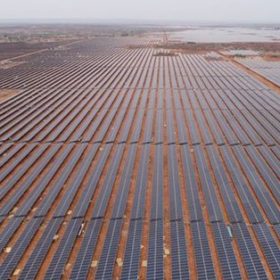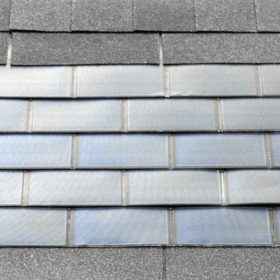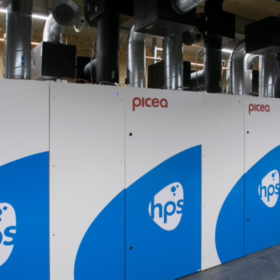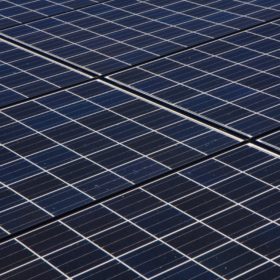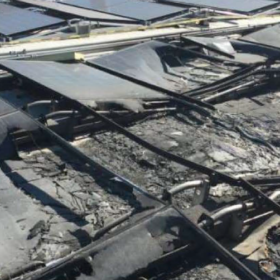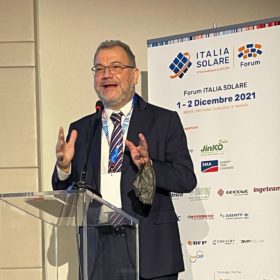Colored optic filters for BIPV products
Dutch researchers have used optic colored filters to make building-integrated PV products more suitable for urban environments with cultural heritage value. They discovered that the filters do not affect a cell’s open-circuit voltage and fill factor, but only the short-circuit current.
India hits 46.2 GW of installed PV capacity
India recorded 46.2 GW of installed solar capacity at the end of October, led by installations in the states of Rajasthan, Karnataka, and Gujarat.
Defining BIPV
Incorporating solar into our built environments represents an opportunity for hundreds of gigawatts to be installed worldwide without taking up any additional land. In many cases though, this will require solutions beyond typical rooftop PV installations and much closer cooperation between the PV and construction industries. A new report published by IEA PVPS looks to bring together the interests of both worlds, and clearly categorize both the building envelope and energy functions of different BIPV components.
Non-technical factors influencing market acceptance for solar heat pumps
The lack of proper business models, high upfront costs, and long payback periods are the key barriers to enabling the wider adoption of solar-powered heat pumps, according to recent research. Other factors reducing market acceptance are a lack of information on the technology and sociodemographic factors like public perception and peer effects.
India set to record best year ever for new PV additions in 2021
India installed 7.4 GW of new solar capacity in the first nine months of 2021, putting this year on track to become one of the best 12-month periods on record for new PV installations.
Deploying solar on curved metal roofs
Midsummer and Medacciai are developing a BIPV solution for curved metal roofs in southern European markets, through a five-year deal.
New solution to store residential, commercial PV electricity as green hydrogen
Germany’s Home Power Solutions has developed a hydrogen storage solution with a capacity of up to 15,000 kWh. The Picea system stores excess electricity from rooftop PV systems in the form of green hydrogen.
EU prepares way for 0% VAT on several goods, solar panels for residential use now on proposed list
The European Council has approved a proposal to amend the EU rules on rates of value-added tax (VAT) to give member states more flexibility to set them. If adopted, solar panels for residential and ‘public interest’ applications would be included in the list of goods and services for which a maximum of 5% VAT could be levied.
U.S. Securities and Exchange Commission investigates Tesla over alleged solar system fire negligence
The lawsuit stems from a 2019 whistleblower complaint alleging that the company failed to properly notify its shareholders, customers and the public of fire risks associated with solar panel system defects over the course of several years.
New provisions may help Italy unlock 110 GW PV project pipeline with grid-connection requests
The Italia Solare Forum event held in Rome last week has shown, once again, that permitting for both large scale and distributed generation projects remains the main barrier to remove to make Italy get the benefits of its huge solar potential. Despite recent progress, new provisions, and a slight increase in new PV capacity, the Italian market may be, again, unable to surpass 1 GW this year.

